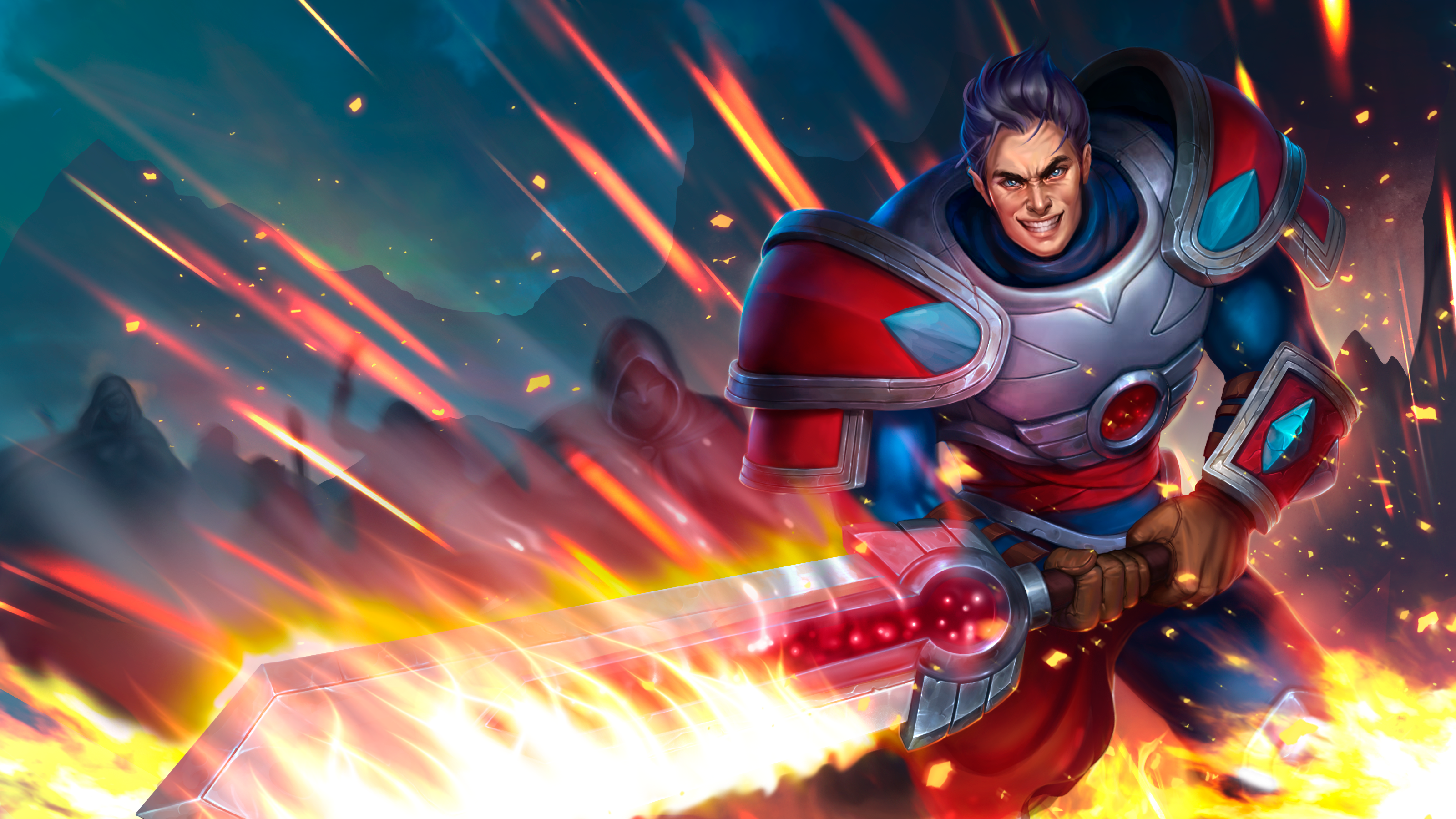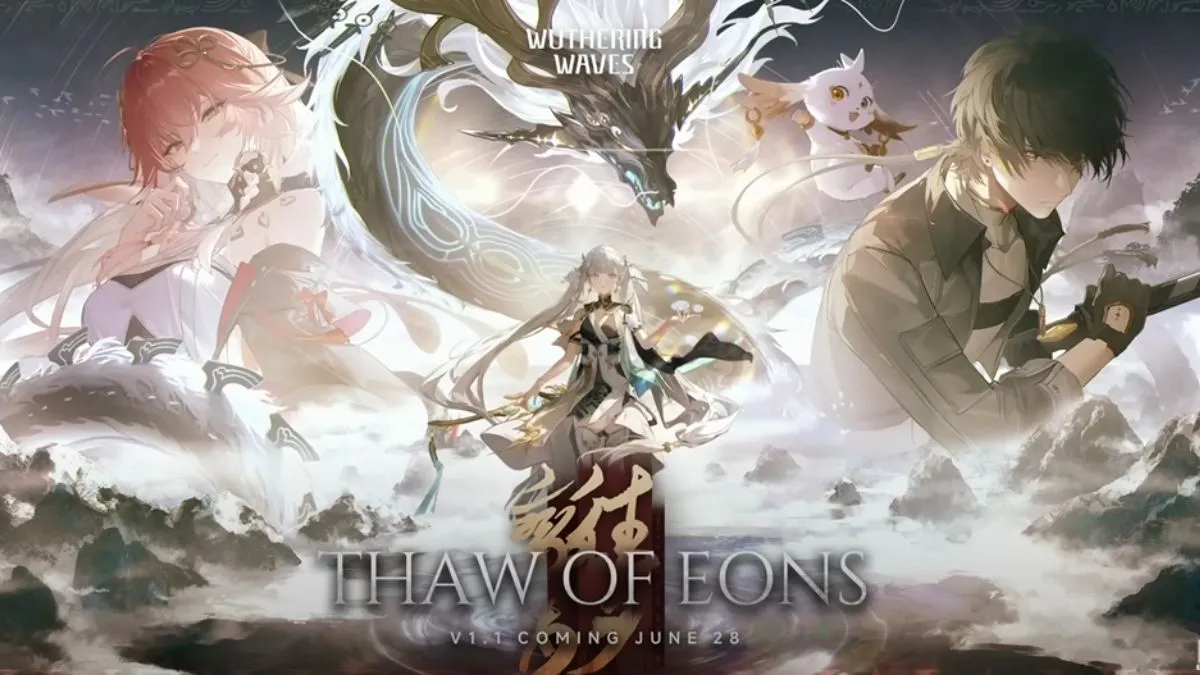IndieCade, the largest independent game festival in the US, is gearing up for its fifth year. October 9-12, industry figures and general consumers alike will gather in Culver City, CA to attend professional conferences, business networking and social events, tournaments, and meet-and-greets with game creators. Most importantly, they’ll get the opportunity to test play more than 150 games, spanning all genres and platforms. (This even includes tabletops and LARPing games.)
This year, IndieCade boasts 151 independent titles. Of these games, there are 35 official nominees that were previously selected as the best and most exciting titles of the year. Let’s take a look at the prevalent trends among the competitors, along with some notable games to look out for.
Nominee Trends
1. Puzzle Games
Just under half of this year’s nominees have incorporated puzzles into their games. These puzzles come in all forms, from mini-puzzles that unlock new areas to complex puzzle that help further the storyline.
In Fract OSC, for example, the player must solve musical puzzles in order to rebuild machines. But Ice-Bound requires the player to piece together fragments scattered throughout the game in order to create or reveal the storyline.
Fract OSC boasts graphics as stunning as its music.
2. Multiplayer Games/Features
Like puzzle games, multiplayer games (and games with multiplayer options) are dominating the nominee pool this year. This includes cooperative (team) and competitive (PvP) formats. From MMOs and MOBAs to multiplayer mobile, handheld, and tabletop titles, gaming seems to be becoming an increasingly more social activity. The sheer number of multiplayer titles both in the nominee arena and the general pool reflect a high demand for games that offer social features.
These features, however, are taking really unique forms in this year’s competitors. Choice Chamber, a dungeon crawler, allows multiple players to give constant feedback (via a chat fuction) that changes how the game plays out. It was designed specifically to be played live on a stream service like Twitch, so that all participants can choose to either help the main player along, or create a challenge to slow them down.
Another interesting take on the multiplayer function comes from Keep Talking and Nobody Explodes. In this virtual reality game, one player straps on an Oculus headset to find him/herself trapped alone in a room with a bomb. Other players in the real world have instructions to diffuse the bomb, but are unable to see it. All players have to cooperate in order to neutralize the threat.
Choice Chamber takes live-stream audience interaction to a whole new level.
3. Choice/Exploration/Narrative
Several of this year’s nominees opted for adventure games over action ones. With the advent of titles like The Walking Dead, which focus heavily on storytelling, it’s no suprise that we’re seeing a considerable number of games that mimic this style: lots of story, choice, and exploration with few to no combat/action sequences.
Example: Ether One.
In this title, you assume the role of someone who struggles with dementia. You must rebuild your memories by exploring the world around you and solving puzzles. There are no enemies to fight. No missions. No levels. Only the search for answers and the story that unfolds. The game even offers a second mode that removes all the puzzles, making it a full-fledged exploration experience.
Some games, like first-person explorer Private Eye, are using the Oculus Rift’s virtual technology to further immerse the player in an exploratory, interactive, story-driven experience.
4. Intellectual/Philosophical Games
With the wild success of games like The Stanley Parable, we’ve seen an influx of games that make you ponder ideas or simulate relationships, storylines, etc. for the purpose of intellectual observation.
Coffee: A Misunderstanding is a short, interactive role-playing experience meant to simulate the awkwardness of online friendships when they’re moved into a real social context.
On the opposite end of the “thinky-game” spectrum is How Do You Do It?, where players step into the mind of an 11-year-old girl who attempts to understand the mechanics of sex with the help of her two plastic dolls. The game is meant to be a simulation of how one of the developers actually explored sexuality as a child.
Guided by their phones, audience volunteers act out Coffee: A Misunderstanding.
5. Virtual Reality & Experiential Games
The final notable trend among competitors this year is use of both virtual reality technology and real-life installments/exhibits to create a holistic player experience. Developers are pushing to immerse players as much as possible in their games in order to get the most out of them. Sometimes, this is just to enhance the playing experience. Other times, it can actually give players a new understanding of certain issues/environments, as well as challenge them to act in ways they normally wouldn’t.
Several of the virtual experience nominees went with the latter goal – like Soulfill, the “mobile-assisted live action role-playing game” that uses audio/touch gestures and text instructions to encourage the user to make eye contact with strangers on public transportation.
Use of Force went for a similar immersion experience, but as a virtual reality documentary. Using virtual reality goggles and a full-body motion tracking system, players are transformed into eyewitnesses of police brutality committed by the US border patrol in a recreation of real events.
Use of Force allows players to witness a recreation of actual events.
General Submissions – Trends & Notable Titles
Trends in this pool overlapped with those in the nominee category. Lots of multiplayer and competitive games, as well as interactive experiences. However, the general pool had a surprising number of LARP submissions (about 1 in 10), as well as several lighthearted comedy games.
Games to Look Out For:
- Anamnesis: a first-person explorer. The player is a FEMA agent visiting a temporary shelter to learn why some of the tenants have lost contact. The Oculus Rift serves as a second display that players may use to examine objects in the world. In the game, the specially designed goggles allow you to see the “psychological imprints” left by the tenants. Using them, you explore multiple narratives in the process of your investigation.
- Elegy for a Dead World: another explorer. You are a poet who must write about three different worlds, each inspired by a British romantic poet (Shelley, Keats, and Byron). Then you share your experiences with the universe. Other players read what you write and assess it. The more the real world appreciates your writing, the brighter the stars will shine in the sky above your homeworld.
- Hyper Light Drifter: a multi-platform 2D action RPG. This title uses 8-and 16-bit graphic schemes, but with a much larger world and more modern mechanics. You are charged with exploring a vast, ruined world that holds both lost technology and unfathomable danger.
- Sunder: a 2D co-op platformer. Players wear color-filtering glasses, so they can each look at the same screen, but see a different world. Players must cooperate and communicate verbally to solve puzzles and tear down enemies.
In Sunder, color-filtering glasses make this distorted image look like two distinct worlds.
Don’t miss out on the festivities!
If you’re in the Culver City area or are willing to travel, tickets to IndieCade are on sale now. Although you’ll be too late to get the earlybird deals, you can still snag a pass at standard rates or student rates (if you qualify). All-Access passes start at just $495, while festival-only passes run $30-40 per day, or $90 for all weekend.
If you can’t be there in person, you can stay updated on all the happenings via the official IndieCade Twitter and Facebook pages.
What IndieCade titles are you excited for? Tell us in the comments!











Published: Sep 19, 2014 06:00 pm